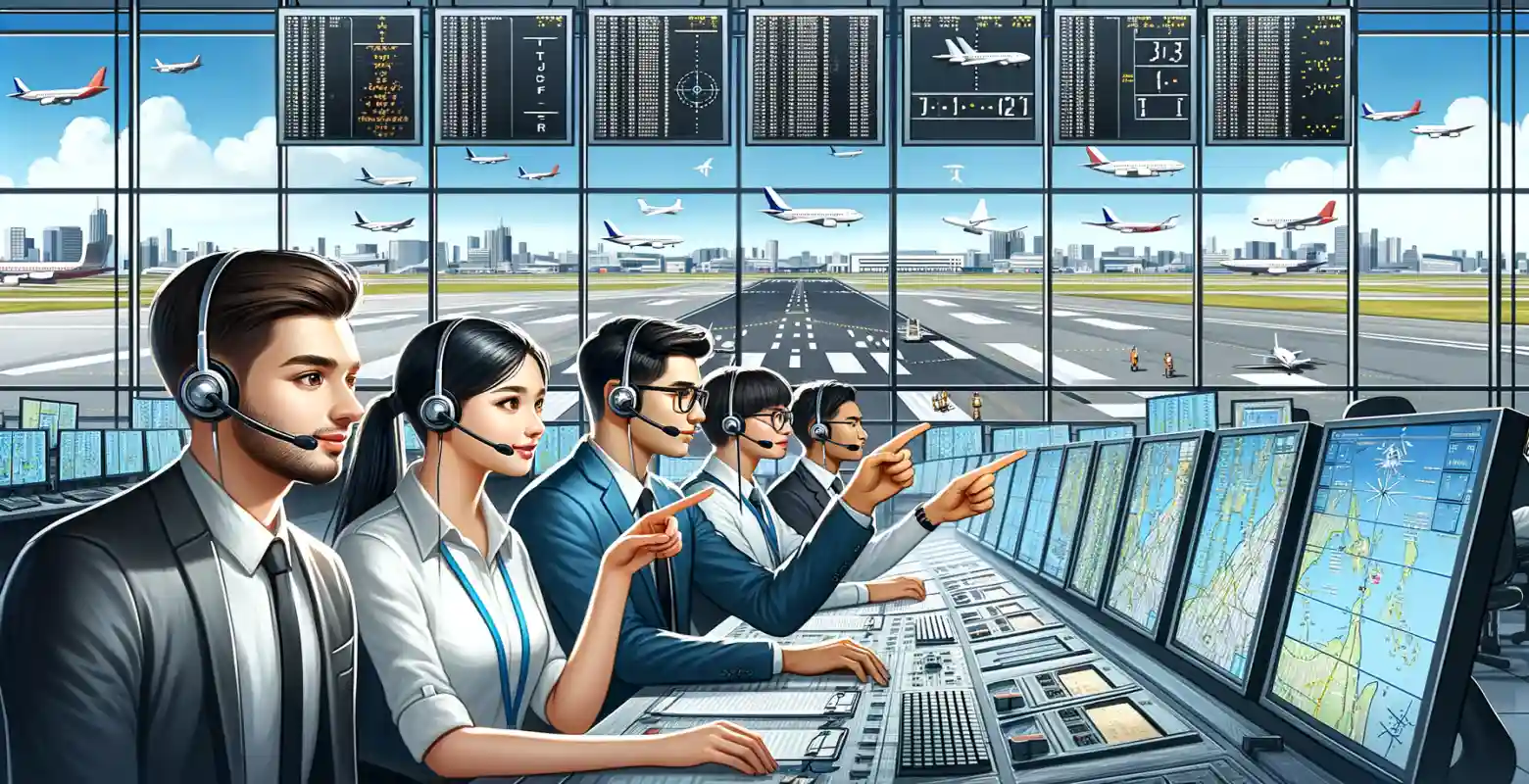What does air traffic control in civil aviation deal with?
Introduction
Air Traffic Control (ATC) plays a crucial role in ensuring the safety and efficiency of aviation operations. In the context of civil aviation, ATC is an essential element that enables the safe movement of thousands of aircraft around the world every day. In the era of globalization, when air transport is not only fast but also increasingly accessible, the role of air traffic control is becoming more complex and significant. The aim of this article is to introduce the functions and importance of air traffic control, as well as to discuss the challenges and future directions of this field.
Basic tasks of air traffic control
Air traffic control is responsible for managing aircraft movement in airspace and at airports. The main tasks of ATC include ensuring safe distances between aircraft, coordinating take-offs and landings, and managing aircraft navigation. The work of air traffic controllers is extremely responsible and requires constant concentration and quick decision-making.
Ensuring separation is one of the most important tasks of ATC. Controllers must ensure that aircraft maintain safe distances from each other, both in the air and on the ground. To achieve this, they utilize advanced radar systems and radio communication with pilots.
Coordination at airports is another crucial aspect of ATC work. Controllers manage traffic on runways and taxiways to ensure smooth flow and prevent collisions. In large airports, where operations are conducted almost non-stop, this is a particularly demanding task.
History and development of air traffic control
The beginnings of air traffic control date back to the 1920s when the need for coordination and regulation of flights became apparent due to increasing air traffic. The initial attempts to organize air traffic control relied on visual communication and light signals. Over time, the development of radio technology allowed for the introduction of more advanced control methods.
In the 1950s and 1960s, with the development of jet aviation, air traffic control gained importance. The first radar systems were introduced, significantly improving the tracking and management capabilities of air traffic. Today's ATC systems are technologically advanced and include both radar and satellite systems, enabling precise real-time monitoring of aircraft positions.
Challenges in air traffic control
The work of an air traffic controller is associated with many challenges. One of them is increasing air traffic. With each passing year, the number of commercial flights rises, presenting ATC with new challenges related to ensuring safety and operational efficiency. This requires not only an increase in personnel but also investments in new technologies and traffic management systems.
Another challenge is crisis management, such as adverse weather conditions, technical failures, or security threats. Controllers must be prepared to react quickly and effectively in such situations, which necessitates not only appropriate training but also experience and skills in coping with stress.
Benefits and importance of air traffic control
Air traffic control brings many benefits to passengers, airlines, and the entire aviation industry. Safety is the most important aspect, as ATC minimizes the risk of collisions and aviation accidents. Through precise traffic management, it is also possible to increase operational efficiency, resulting in fewer delays and lower operational costs for airlines.
Additionally, air traffic control has environmental significance. By optimizing flight routes and efficiently managing traffic, it is possible to reduce fuel consumption and CO2 emissions, contributing to environmental protection.
The future of air traffic control
In the future, air traffic control will need to meet new challenges and leverage new technologies. Automation and digitization of ATC processes are already key trends aimed at enhancing operational efficiency and safety. The introduction of systems based on artificial intelligence (AI) and data analysis will enable more precise prediction and management of air traffic.
Another significant direction of development is the integration of unmanned aerial vehicles (drones) in airspace. With the growing popularity of drones, it is necessary to introduce new regulations and technologies to enable safe coexistence with manned aircraft.
Summary
Air traffic control is a key element of modern civil aviation, ensuring the safety and efficiency of aviation operations. Faced with increasing air traffic and new technological challenges, ATC must adapt to changing conditions and utilize modern technologies. The future of air traffic control promises to be dynamic and innovative, with its development having a significant impact on the entire aviation industry. Understanding the role and importance of ATC is not only important for industry professionals but also for anyone who uses air transport.






Number of comments: 0